Home>Gardening & Outdoor>Landscaping Ideas>What Is Grass In A Food Chain
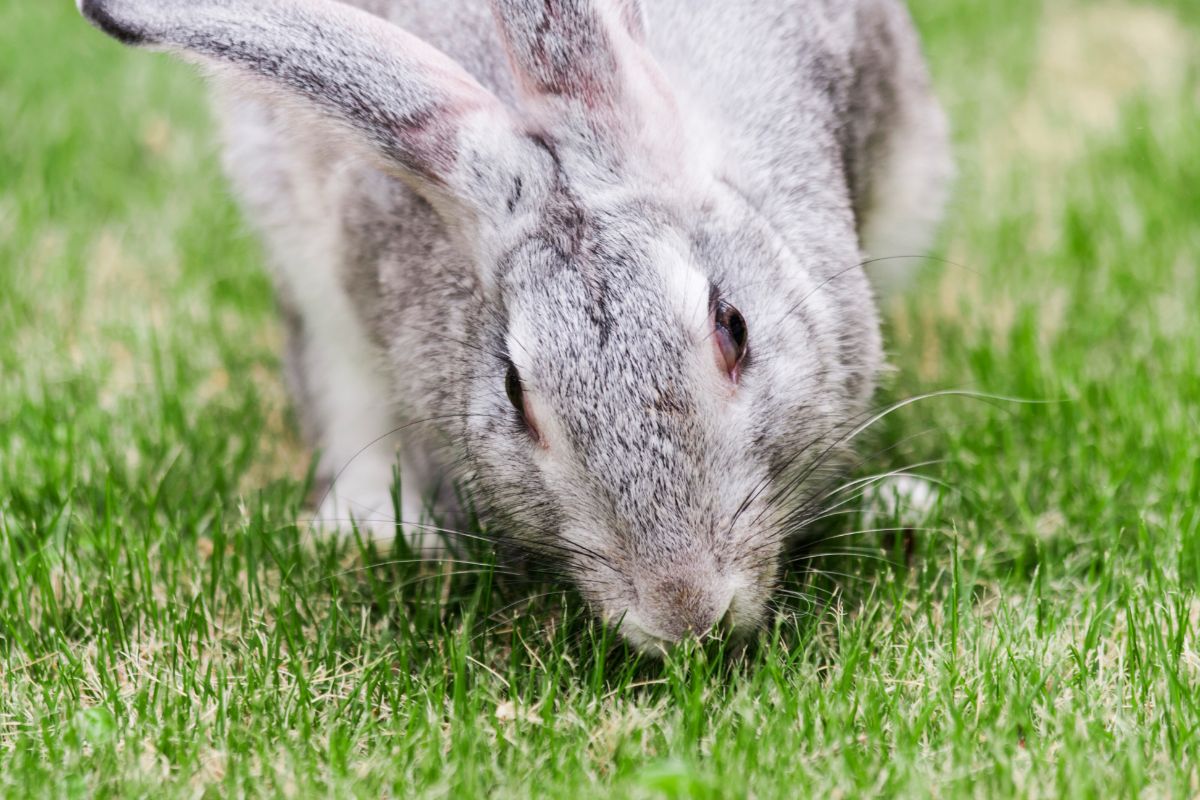

Landscaping Ideas
What Is Grass In A Food Chain
Modified: February 18, 2024
Learn about the role of grass in the food chain and explore landscaping ideas to incorporate grass into your outdoor space. Understanding the significance of grass in ecosystems and how it can enhance your landscaping design.
(Many of the links in this article redirect to a specific reviewed product. Your purchase of these products through affiliate links helps to generate commission for Storables.com, at no extra cost. Learn more)
Introduction
Grass is often overlooked and underappreciated, yet it plays a vital role in the intricate web of life. From providing sustenance for herbivores to serving as a primary producer in ecosystems, grass is a foundational element in the food chain. Understanding the significance of grass in the food chain not only sheds light on the interconnectedness of all living organisms but also highlights the importance of preserving and nurturing natural habitats. In this article, we will delve into the multifaceted role of grass in the food chain, exploring its functions as a primary producer, a source of nourishment for herbivores, and even as a component of the human diet. By gaining insight into the pivotal role of grass, we can develop a deeper appreciation for the natural world and the delicate balance that sustains life on our planet.
Key Takeaways:
- Grass is a crucial part of the food chain, providing energy for all living things through photosynthesis. It’s not just food for animals, but also shapes ecosystems and even indirectly impacts human diets.
- Grass is like the ultimate energy supplier in nature, making food for herbivores and supporting the growth of other plants. It’s a big deal for animals, ecosystems, and even the food we eat!
Read more: What Greenery Is Good For Chain Link Fences
The Role of Grass in the Food Chain
Grass serves as a fundamental component of the food chain, occupying a crucial position that influences the survival and interactions of various organisms within ecosystems. Its role extends beyond being a mere source of sustenance, as it contributes to the overall stability and biodiversity of habitats.
As a primary producer, grass harnesses the energy of the sun through photosynthesis, converting carbon dioxide and water into organic compounds. This process forms the foundation of the food chain, as it generates biomass that sustains a myriad of organisms. Additionally, grass functions as a primary food source for herbivores, ranging from insects to large mammals, thereby supporting entire trophic levels within the food web.
Furthermore, the presence of grass in the food chain has direct implications for human societies. Whether as grazing land for livestock or as a staple food in certain cultures, grass holds significance in the human diet. Understanding the multifaceted role of grass in the food chain enables us to grasp the intricate connections that underpin the functioning of ecosystems and the broader implications for global food systems.
Grass as a Primary Producer
As a primary producer, grass plays a foundational role in the food chain by harnessing the energy of the sun to initiate the flow of nutrients and energy through ecosystems. Through the process of photosynthesis, grass converts sunlight into chemical energy, producing organic compounds that form the basis of the entire food web.
Grass, like all green plants, contains chlorophyll, the pigment responsible for capturing light energy. This enables grass to absorb sunlight and initiate the photosynthetic process. Within the chloroplasts of grass cells, carbon dioxide and water react in the presence of sunlight to produce glucose and oxygen. This glucose serves as a source of energy for the grass itself and for the organisms that consume it, while the oxygen is released into the atmosphere, contributing to the oxygen cycle essential for all aerobic life forms.
The organic compounds synthesized by grass during photosynthesis form the building blocks of the entire food chain. These compounds are consumed by herbivores, which in turn become prey for carnivores and other higher-level consumers. Thus, the energy captured by grass ultimately sustains the diverse array of organisms within ecosystems.
Moreover, the role of grass as a primary producer extends beyond its immediate ecological impact. The biomass generated by grass contributes to the formation of soil organic matter, which enhances soil fertility and structure. This, in turn, supports the growth of other plants and further enriches the overall biodiversity of the ecosystem.
By serving as a primary producer, grass not only initiates the flow of energy through the food chain but also influences the dynamics of entire ecosystems, underscoring its indispensable role in sustaining life on Earth.
Grass is a producer in a food chain, meaning it makes its own food through photosynthesis. It is an important source of energy for herbivores like cows and rabbits, which are then eaten by carnivores.
Grass as Food for Herbivores
Grass serves as a primary source of nourishment for a wide array of herbivorous organisms, ranging from insects and small mammals to large herbivores such as elephants and bison. This pivotal role as a food source positions grass at the core of the herbivore component within the food chain, influencing the dynamics and interactions of various ecosystems.
The high cellulose content in grass presents a unique challenge for herbivores, as cellulose is difficult to digest. To overcome this, herbivores have evolved specialized digestive systems, often relying on symbiotic relationships with microorganisms to break down cellulose and extract nutrients from grass effectively. For instance, ruminant herbivores such as cows and deer possess multi-chambered stomachs that facilitate the fermentation and digestion of cellulose with the help of microorganisms.
Grass not only provides essential nutrients for herbivores but also influences their behavior and movement patterns. The availability of grass directly impacts the distribution and migration patterns of herbivorous species, shaping the dynamics of entire ecosystems. In turn, the presence and grazing activities of herbivores have cascading effects on plant communities, influencing the composition and structure of vegetation in a given habitat.
Furthermore, the relationship between grass and herbivores extends beyond mere sustenance, as it contributes to the overall balance and resilience of ecosystems. The grazing activities of herbivores play a role in regulating grassland productivity and maintaining biodiversity, as selective grazing can prevent the dominance of a single plant species and promote the coexistence of diverse flora within a habitat.
Understanding the intricate relationship between grass and herbivores provides insight into the complex dynamics of ecosystems and the interdependence of species within the food chain. Grass, as a primary food source for herbivores, influences not only the survival and behavior of herbivorous organisms but also the broader functioning and diversity of natural habitats.
Grass in the Human Diet
While the direct consumption of grass is not a common practice in human diets, the influence of grass on the human food chain is profound and multifaceted. Grass plays a pivotal role in supporting livestock, which, in turn, provides a significant portion of the world’s meat and dairy products. Additionally, certain grass species have indirect culinary uses, enriching human diets through their contributions to traditional cuisines and modern culinary practices.
Grasslands serve as essential grazing grounds for livestock, including cattle, sheep, and goats, which rely on grass as a primary source of sustenance. The conversion of grass into animal products such as beef, lamb, and dairy forms a crucial component of human diets worldwide. The nutritional value of these products, in terms of protein, vitamins, and minerals, underscores the indirect but substantial contribution of grass to human nutrition.
Moreover, specific grass species have found their way into human culinary traditions, enriching cuisines across cultures. For example, certain types of young grass shoots, such as wheatgrass and barley grass, are consumed as health supplements and juiced for their purported nutritional benefits. These grasses are celebrated for their high nutrient content, including vitamins, minerals, and antioxidants, and are incorporated into wellness practices and dietary regimens.
Furthermore, the grains of grasses such as wheat, rice, maize, and barley form the foundation of staple foods in numerous societies, providing carbohydrates and essential nutrients to billions of people globally. The cultivation and utilization of these grass species have shaped agricultural practices, culinary traditions, and dietary habits throughout human history.
Understanding the role of grass in the human diet highlights the intricate connections between ecosystems, agriculture, and human nutrition. Grass not only sustains livestock and influences the availability of meat and dairy products but also contributes indirectly to human nutrition through its impact on agricultural practices and culinary diversity.
Read more: Why Chain Harrow Grass
Conclusion
Grass, often perceived as ubiquitous and unassuming, emerges as a central figure in the intricate tapestry of the food chain. Its multifaceted role as a primary producer, a vital source of nourishment for herbivores, and an indirect contributor to the human diet underscores its significance in sustaining ecosystems and human societies alike.
By serving as a primary producer, grass initiates the flow of energy through the food chain, generating organic compounds that support the entire web of life. Its contributions extend beyond providing sustenance, as the presence of grass influences soil fertility, biodiversity, and the overall stability of ecosystems.
As a primary food source for herbivores, grass shapes the behavior and distribution of numerous species, influencing the dynamics of entire habitats. The interplay between grass and herbivores underscores the delicate balance that underpins the functioning of ecosystems and highlights the interconnectedness of species within the food chain.
Furthermore, the influence of grass on the human diet, though indirect, is profound. From sustaining livestock to enriching culinary traditions through specific grass species, grass leaves an indelible mark on human nutrition and agricultural practices, shaping dietary habits and culinary diversity across cultures.
Understanding the pivotal role of grass in the food chain not only deepens our appreciation for the natural world but also emphasizes the importance of preserving and nurturing grasslands and natural habitats. By recognizing the intricate connections that underpin the functioning of ecosystems, we can cultivate a greater sense of responsibility toward safeguarding the delicate balance that sustains life on our planet.
In essence, the role of grass in the food chain transcends its humble appearance, revealing a profound and far-reaching impact on the intricate web of life. By acknowledging and celebrating the significance of grass, we gain insight into the interconnectedness of all living organisms and the profound implications for the sustainability of ecosystems and human societies.
Frequently Asked Questions about What Is Grass In A Food Chain
Was this page helpful?
At Storables.com, we guarantee accurate and reliable information. Our content, validated by Expert Board Contributors, is crafted following stringent Editorial Policies. We're committed to providing you with well-researched, expert-backed insights for all your informational needs.
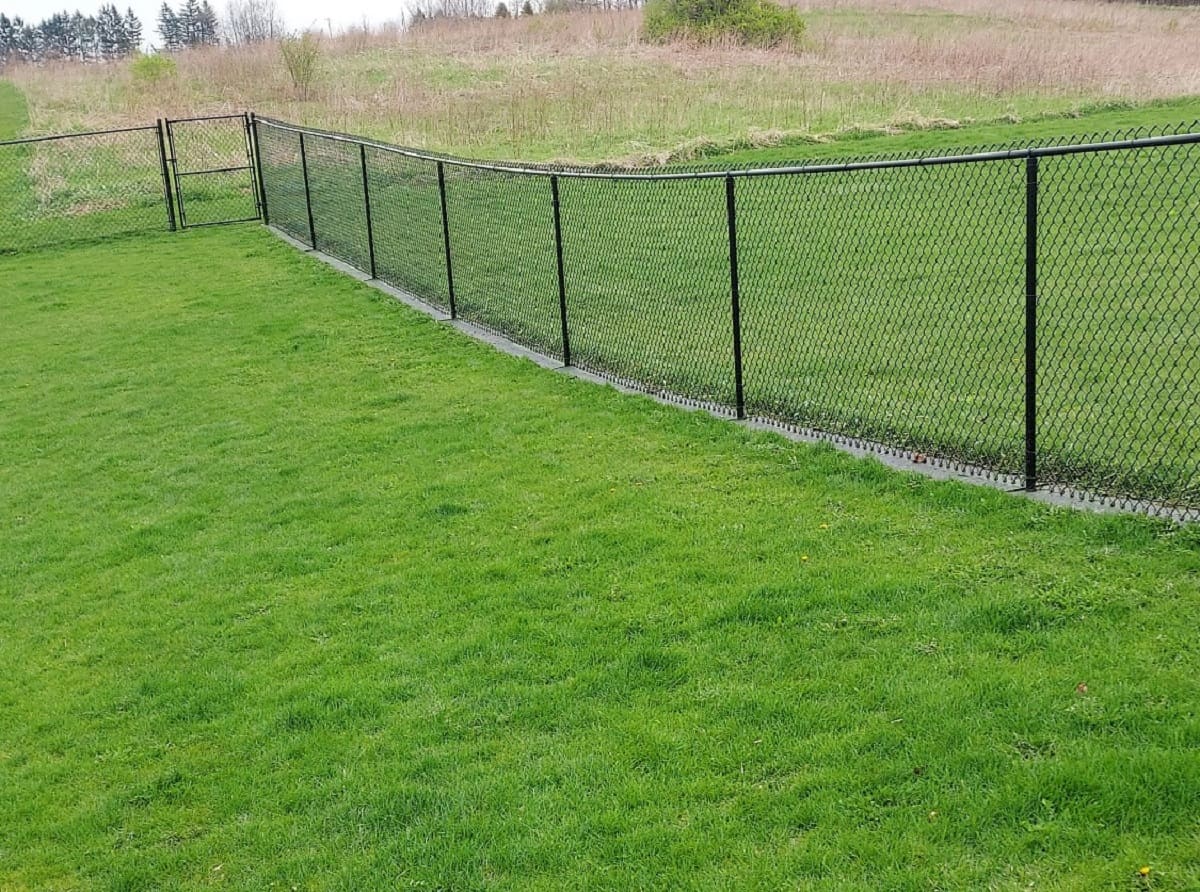
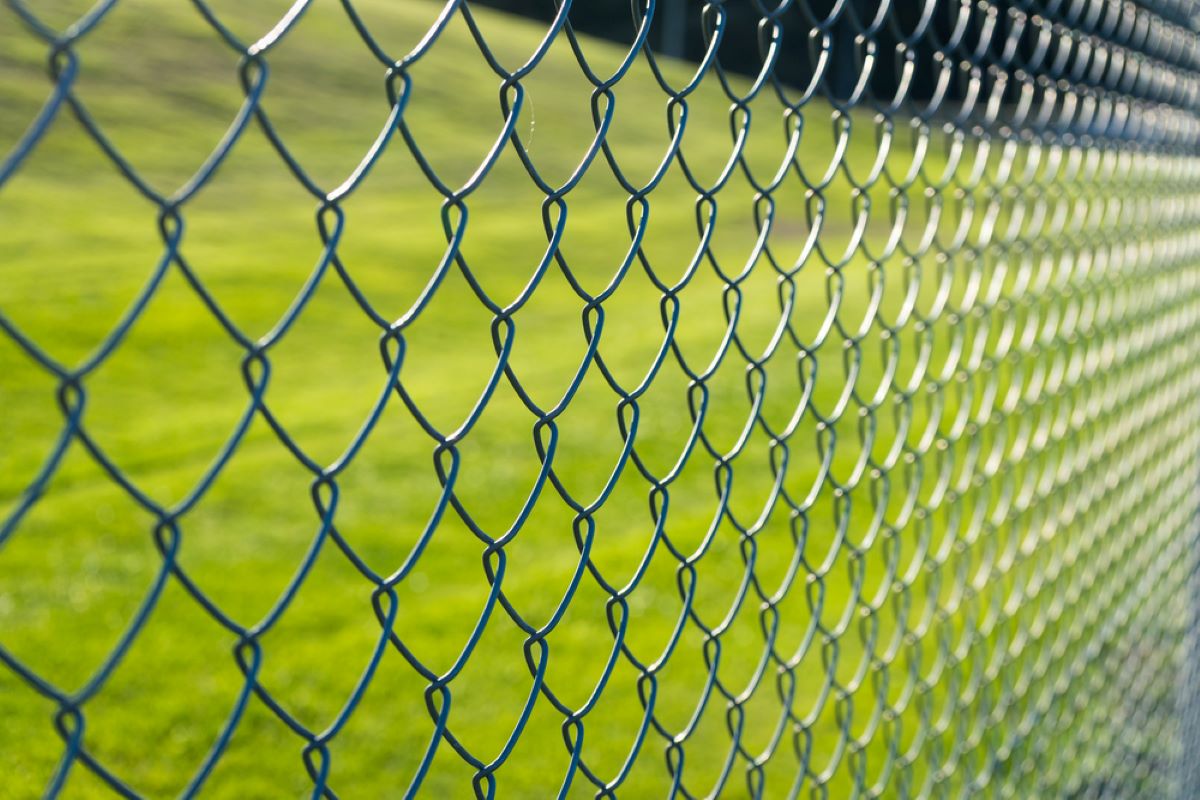




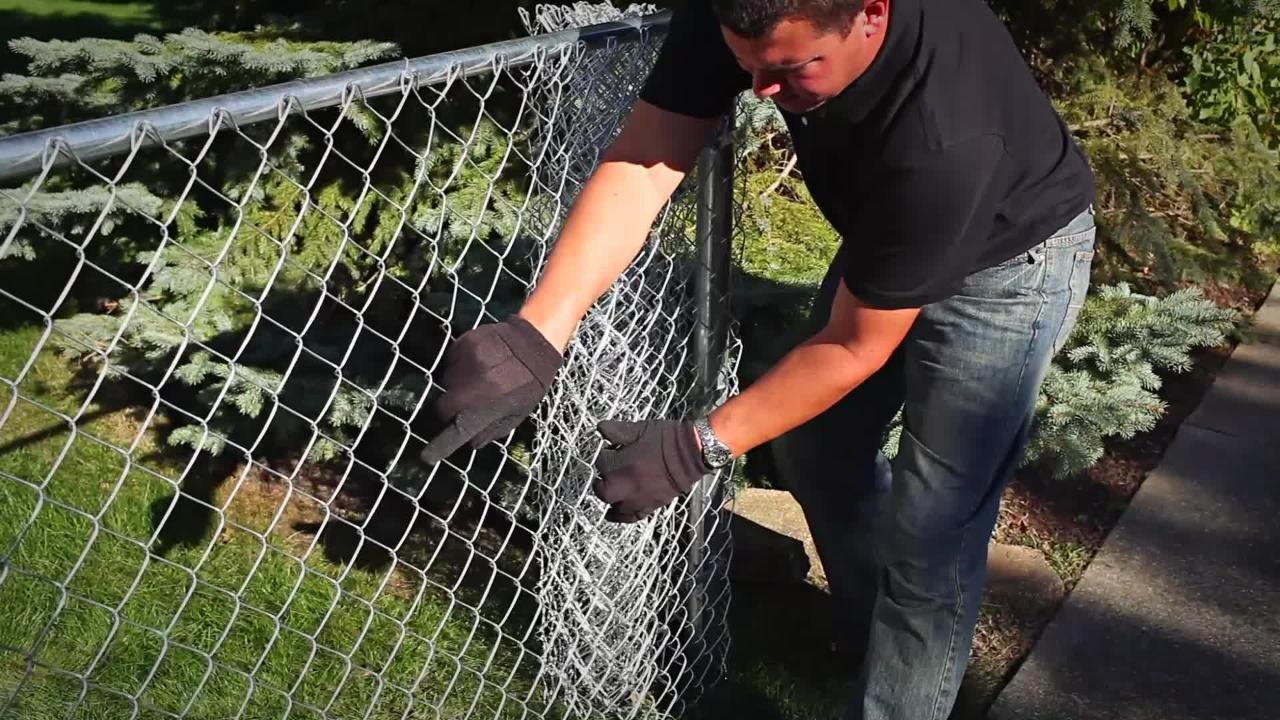
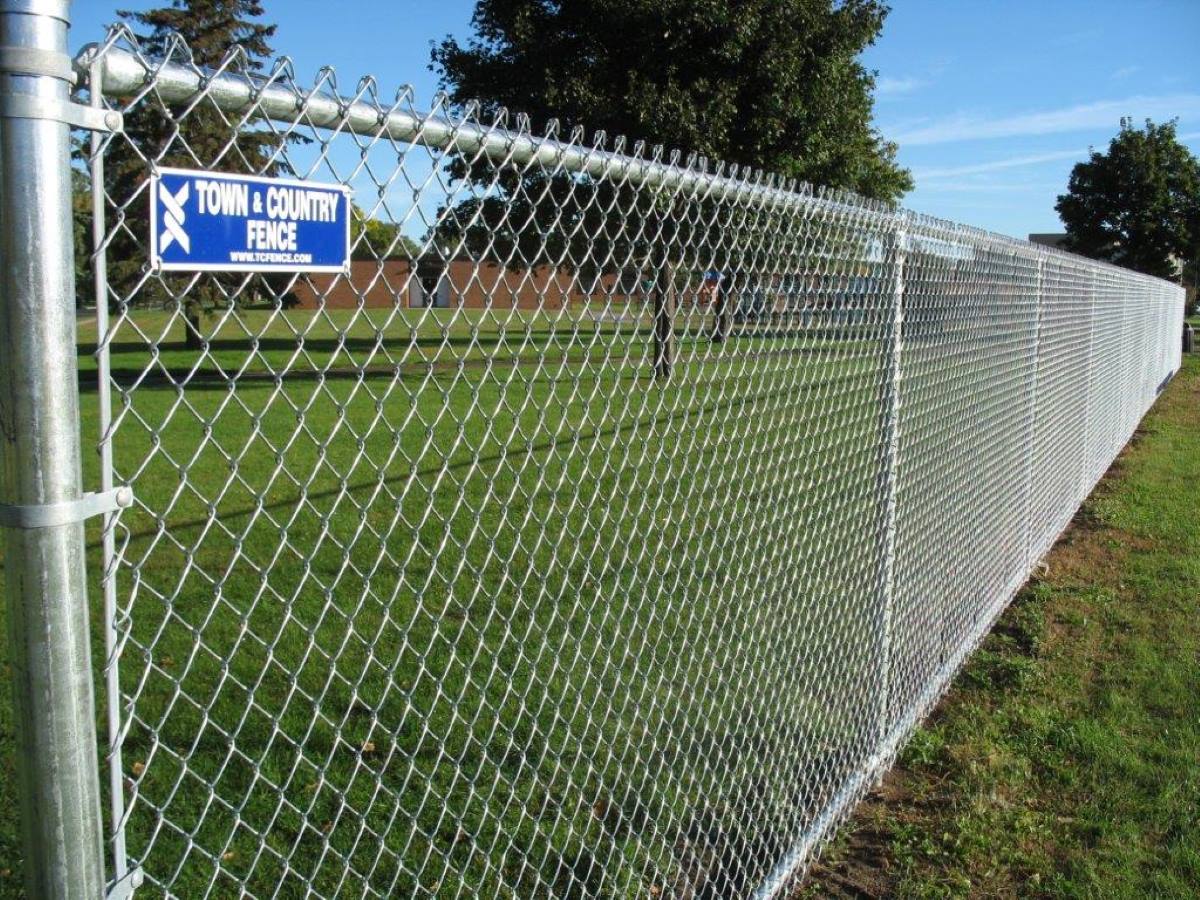





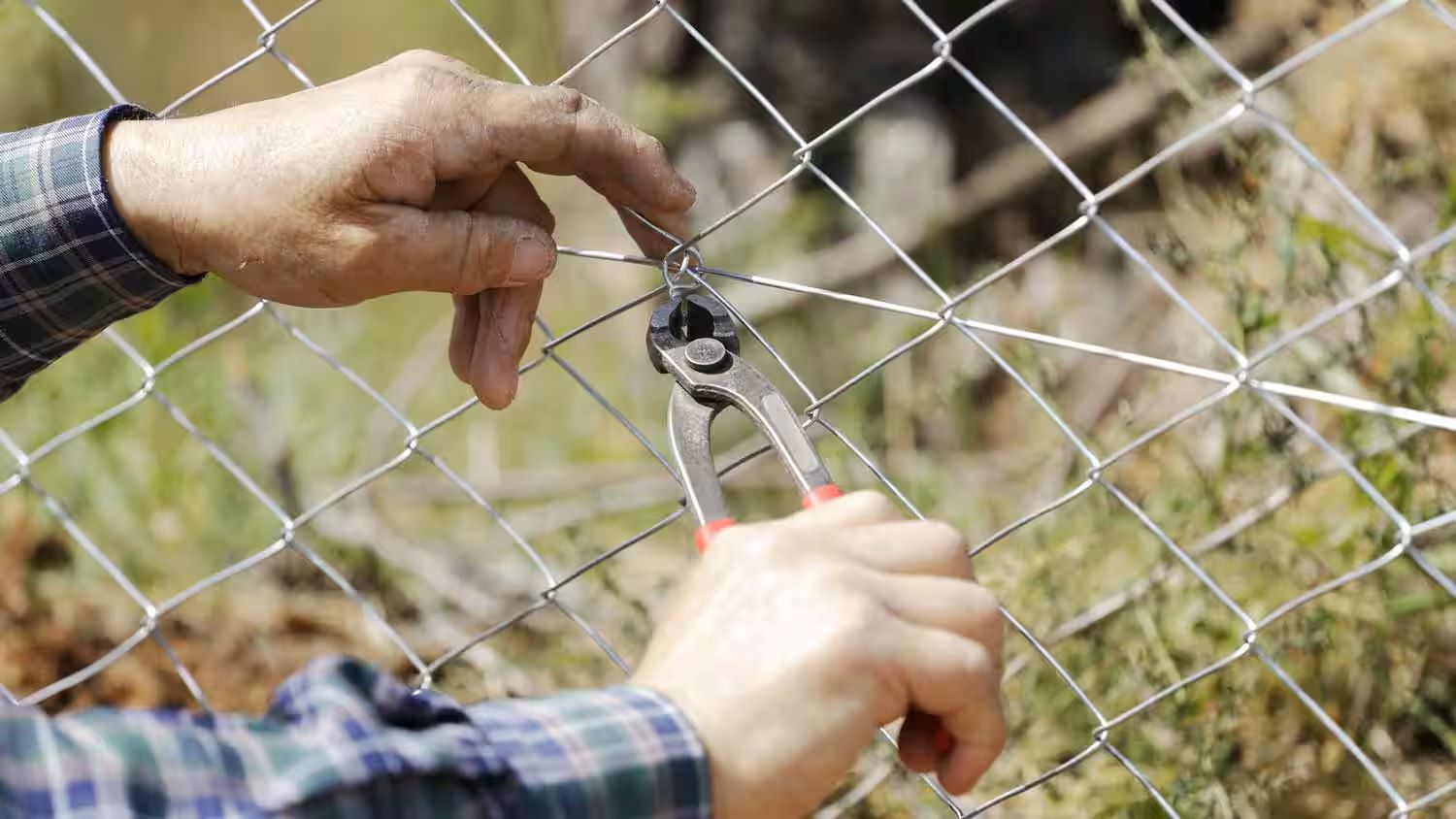

0 thoughts on “What Is Grass In A Food Chain”